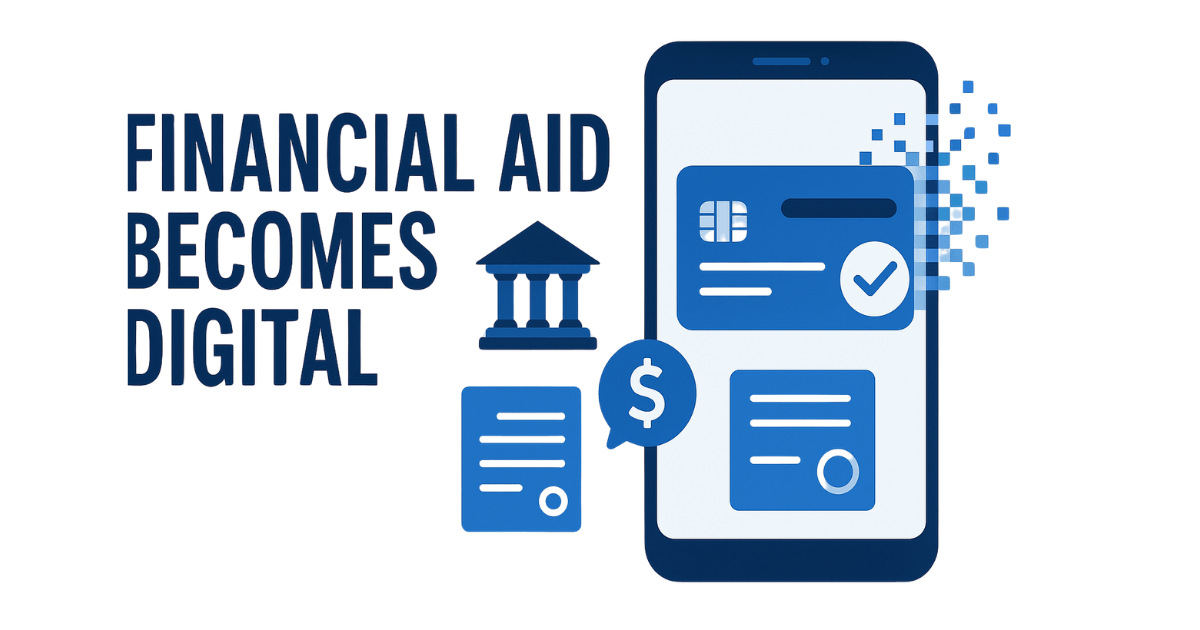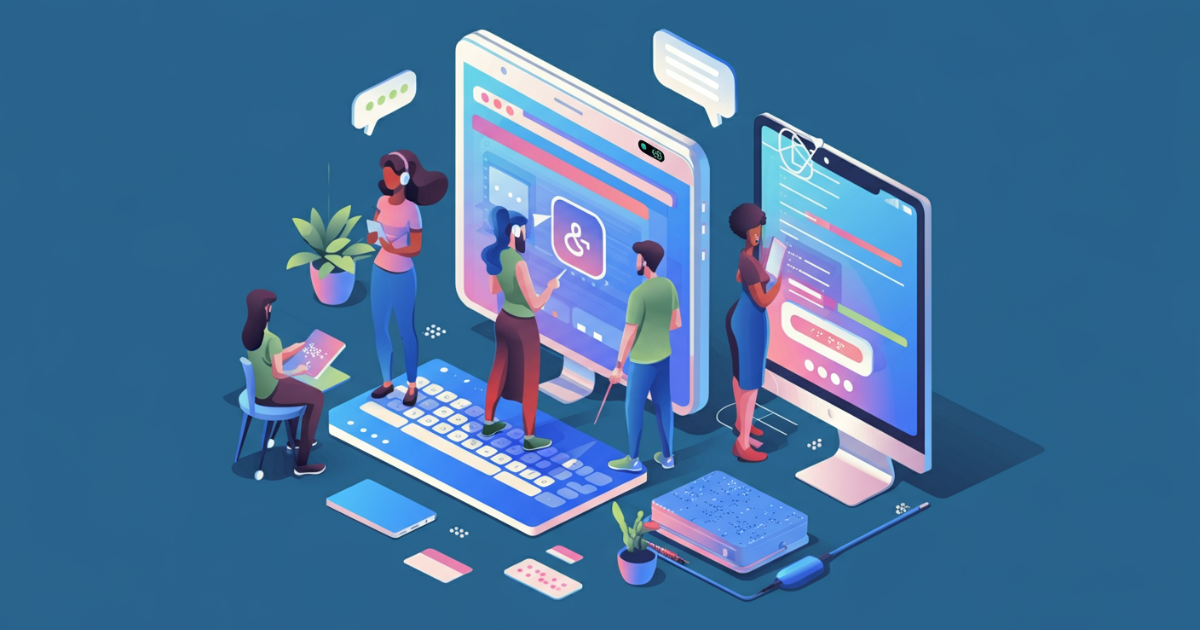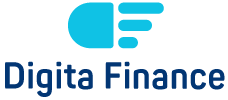Financial aid has long served as a lifeline for students pursuing higher education— critical financial support that can draw a dream of always onward. However, when did financial aid actually enter the digital era? Ever found yourself thinking about the history of digital financial aid? This blog is right there for you.
In this blog we take a deep look at how financial aid turned digital,and what advantages that has brought to students and institutions alike.Whether we might still live in the world of impression robots,or an as-yet-unplotted future waits just around corner.
What the future has in store for financial aid is the big surprise.
When Did Financial Aid Become Digital?

The shift toward digital financial aid was not an overnight transition but rather a gradual process that spanned decades. Here’s how it unfolded:
The Paper Era
There was a time, prior to the 1990s, when applying for financial aid was a tortuous process. Students had to fill out the actual lengthy paper forms and often had to get more documentation together which could take weeks. Everyone from requests to decisions relied on manual procedures leaving students and their families as well as school administrators harassed indeed.
The Arrival of Online Financial Aid Applications
The pivotal shift began in the mid-1990s with the advent of the internet. The U.S. Department of Education rolled out its first online Free Application for Federal Student Aid (FAFSA) form in 1997. This groundbreaking step marked the first widely accessible digital tool for students seeking financial assistance.
While still in its infancy, this system allowed students to fill out forms electronically and reduce processing delays. By the early 2000s, FAFSA had transitioned to become fully internet-based, completely eliminating the need for paper submissions in most cases. Colleges and universities began implementing their own digital tools around the same time to accept, manage, and disburse aid seamlessly.
The Rise of AI and Automation
Fast forward to more recent years, institutions have adopted advanced technologies like artificial intelligence (AI) and automation for their financial aid processes. From streamlining applications to spotting fraudulent activity, today’s financial aid systems are more efficient, secure, and student-friendly than ever.
Timeline of Financial Aid’s Digital Journey:
- 1980s: Early digitization experiments in higher education record-keeping
- 1997: Launch of the first-ever online FAFSA
- Mid-2000s: Full transition of FAFSA to a web-based application system
- 2010s: Schools began adopting mobile platforms and automation tools
- Today: AI, machine learning, and integration with student data portals are now standard
How Digital Accessibility Changed the Game

The move to digital financial aid has brought about profound changes, revolutionizing the process in several key ways:
Accessibility
Digital platforms have made financial aid more accessible to students everywhere. With just an internet connection, applicants can now complete forms quickly, whether they live in a bustling city or a rural area. The FAFSA Simplification Act introduced updates to make the application process clearer and reduce the hurdles faced by low-income families.
Efficiency for All
Gone are the days of waiting weeks or months for manual processing. Today’s digital financial aid systems enable near-instant review and approval processes. Automation processes also minimize human error, creating a smoother experience for applicants and administrators alike.
Transparency
Digital systems empower students by allowing them to consistently track the status of their applications. They can log into online portals for real-time updates, ensuring they are always informed about deadlines, requirements, and progress.
Eco-Friendly Solution
The reduction in paperwork has made digital financial aid more sustainable, eliminating the need for millions of paper applications each year.
Inclusion of Mobile Platforms
Generational shifts toward mobile technology spurred the integration of smartphone-friendly tools. Today, many financial aid applications, including FAFSA, are fully mobile-optimized, allowing students to apply directly from their phones.
The Challenges of Going Digital
While the advantages of digital financial aid are clear, the transition hasn’t been without its challenges.
- Digital Divide: Not all students have equal access to internet connections or devices, which can create disparities.
- Technical Issues: System errors, crashes on deadlines, and cyber vulnerabilities have occasionally posed challenges for institutions.
- Data Security: Digital platforms require robust measures to ensure sensitive financial and personal data remain protected. Though advancements in encryption have mitigated concerns, institutions must remain vigilant.
Despite these hurdles, the continued refinement of digital platforms has largely addressed these issues, ensuring fair access for a greater number of students.
The Future of Financial Aid in the Digital Era
Looking ahead, the future of financial aid will likely rely on larger strides in AI, machine learning, and blockchain technology. Here’s what we can expect:
- Personalized Aid Recommendations: Through advanced AI, digital systems will soon offer even more targeted recommendations based on user data, financial needs, and academic history.
- Faster Disbursements: Blockchain technology could streamline disbursement, allowing funds to be delivered securely within seconds.
- Smart Assistance Through Chatbots: Sophisticated chatbots are already being embedded to answer student queries in real-time. These tools will only grow smarter, reducing troubleshooting delays.
- Global Access: With digital platforms expanding worldwide, international students will benefit from more streamlined and transparent processes.
The ongoing innovation in financial aid technology ensures that the system will become even more inclusive, efficient, and empowering in the years to come.
How to Make the Most of Digital Financial Aid Tools
If you’re ready to apply for financial aid and want to make the process as smooth as possible, here are a few tips:
- Start Early: Many digital systems allow you to save your progress and resume later. The earlier you start, the less stressful the process will be.
- Double-Check Your Data: Errors in your information can delay processing times. Review all entries carefully before pressing “submit.”
- Keep Track of Deadlines: Use calendar reminders to avoid missing cut-off dates.
- Leverage Resources: From FAFSA’s online help guides to mobile tools offered by universities, use available resources to simplify your experience.
Where Are We Now?
The digital transformation of scholarships continues
Today, making the whole process smoother and more user-centric. For millions of students in this country is their passport to education. From online FAFSA introduction with the arrival of 1997 to today’s AI tools, the digital shift has been a major step towards educational equality.
You ready for such modern systems? Use some of the latest tools, start your application and in no time you will be closer to those academic dreams.








What Is Digital Finance Transformation
How to Start a Fintech Business in 2025
What is the Fintech Industry? A Guide to the Future of Finance
How AI-Based Fraud Detection is Protecting Digital Payments
Cybersecurity in Digital Finance: A Guide to Asset Protection
AI in Wealth Management: How Artificial Intelligence is Reshaping Finance
Future of Digital Lending Trends Banks Must Know
Green Finance and Fintech: Driving Sustainable Investments with Technology